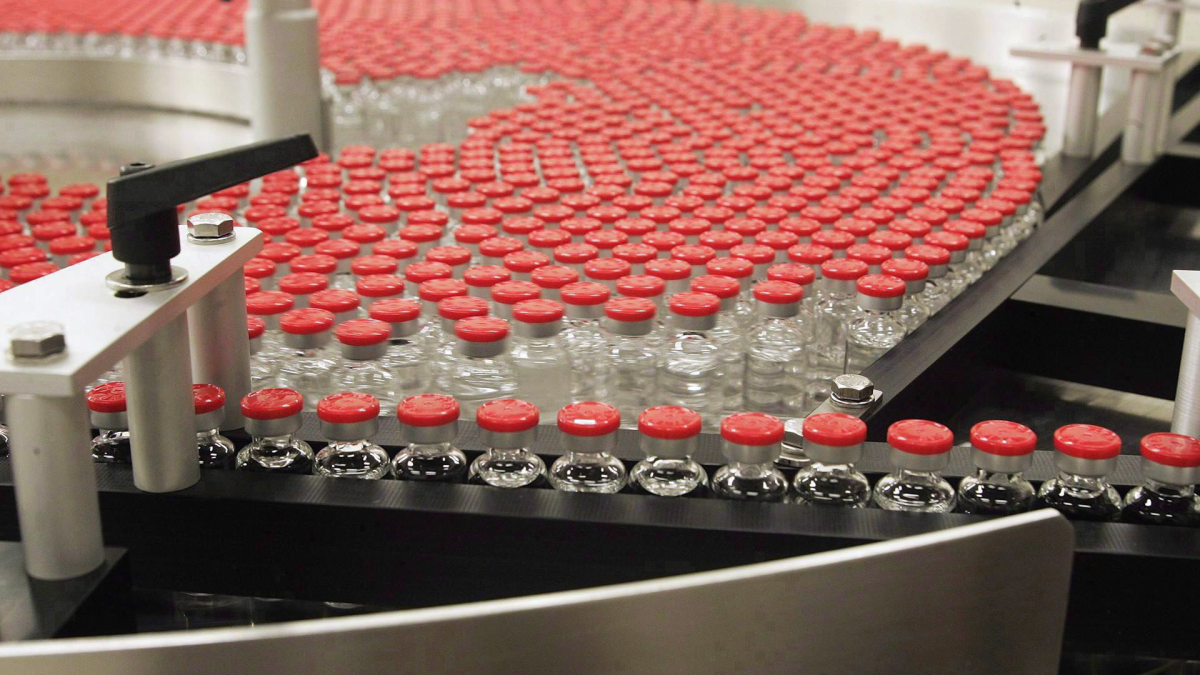Researchers at universities in Hamilton, Ont., and Buffalo, N.Y., say there’s a promising study suggesting that a new nanoparticle vaccine may be significantly more effective in fighting off the flu virus than existing shots.

A joint effort between scientists at McMaster University and the University of Buffalo have not only developed an experimental dose that potentially provides better protection from seasonal flu but a bridge that could lead to long-lasting universal vaccines in the future.
The vaccine platform, described in the journal Proceedings of the National Academy of Sciences, suggests the new formulation could bump efficacy beyond the 40 to 60 percent range that exists for current flu vaccines as stated by U.S. Centres for Disease Control and Prevention (CDC).
“The results are very encouraging,” says senior author, Jonathan Lovell, associate professor of biomedical engineering at the University at Buffalo.
“Typically, flu vaccines contain either deactivated microbes that cause influenza, or they are based on weakened forms of the disease. The vaccine we’re developing is a recombinant protein nanoparticle vaccine that stimulates a strong immune response.”
The current flu vaccines need to be reformulated every year to keep up with rapidly evolving viruses and are made through a mutation within an embryonated chicken egg, according to the researchers.
The process is not only a slow one but has the potential to fail in matching the strain it was targeted for.
In the paper, the researchers suggest a new nanoparticle vaccine could more efficiently trigger an immune response by inserting proteins from viruses into the lipids that mimic a virus.
The reaction trains the human immune system to make antibodies that fend off those viruses.
“We really need new technology to help improve the effectiveness of current seasonal vaccines, which are subject to a production bottleneck. Eggs are not the fastest possible way to produce vaccines, particularly if a new pandemic were to emerge,” says the study’s co-author Matthew Miller, an associate professor at the McMaster’s Michael G. DeGroote Institute for Infectious Disease Research.
“Our vaccine was able to induce such a strong immune response that it was still able to protect even when the match wasn’t perfect.”
The new vaccine could also be easily adapted to help the immune system seek and identify other viruses that are often hidden, they say.
Researchers note the new vaccine also requires less material to produce maximum protection and allows for the manufacture of 100 times more doses compared to the needs of today’s current vaccines which require larger doses.
“Any technology that allows us to have this dose-sparing effect or this increase in the strength of our immune response such that the amount of vaccine can be administered to more people is super important in terms of being able to roll out vaccines quickly,” said Miller.








Comments